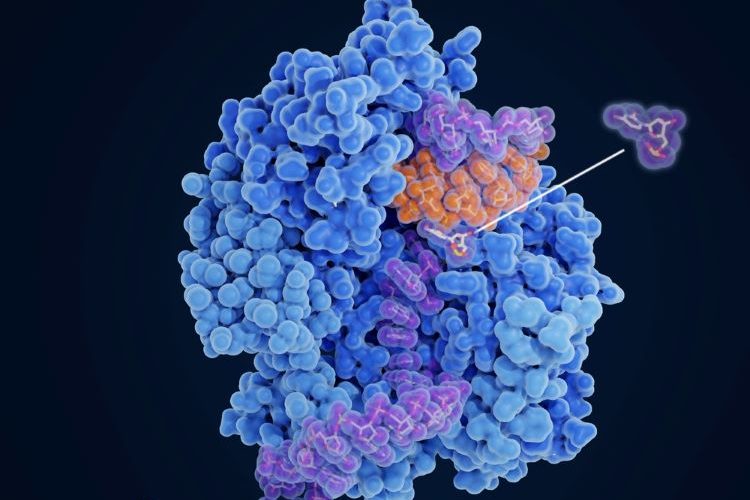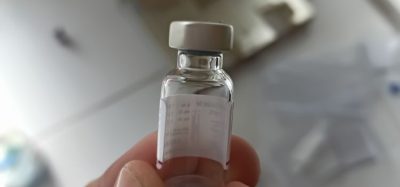Optimising reverse-phase chromatography for molnupiravir production
Posted: 3 July 2024 | Catherine Eckford (European Pharmaceutical Review) | No comments yet
The research offers insight into optimising chromatographic separation outcomes through precise control of measures such as flowrate and column length, supporting potential for drug development.


Research indicates that optimising column length and flowrate is essential for achieving desired separation efficiency and resolution when working to gain optimal chromatographic separation, research indicates. This is according to a paper which investigated an inverse method, utilising reversephase chromatography for molnupiravir synthesis.
The compound molnupiravir suppresses SARS-CoV-2 replication, the paper explained.
Production of molnupiravir acetonide requires a multi–step procedure, involving purification to eliminate contaminants. The authors highlighted that during its production, quality control (QC) “is strictly enforced using process analytical technology (PAT) instruments, ensuring high standards and showcasing the scalability and precision of this advanced system”. The paper also emphasised the shift to continuous manufacturing in the pharmaceutical industry.
Using the inverse method, Kritikos et al. efficiently determined equilibrium isotherms by integrating a nonlinear chromatography model and adjusting isotherm parameters to match the observed band profiles.
Findings from the reverse-phase chromatography study
[measures such as] length and diameter of the reversephase chromatography column have key roles in separation efficiency”
The investigation showed that length and diameter of the reversephase chromatography column have key roles in separation efficiency. Column length has a greater effect than diameter, the paper reported. For example, “flowrate had a greater influence than injection volume on separation efficiency and resolution”.
The results demonstrated that the flowrate, dispersivity coefficient, and injection volume also have a substantial effect on peak shape, peak width, and separation efficiency of the two components and their chromatographic peaks.
Overall, “a slower flowrate and longer column length generate broader peaks and longer retention times, whereas a larger column diameter slows the linear velocity of the mobile phase, thereby extending the retention time”.
Making these adjustments can therefore potentially impact the efficiency of molnupiravir production, according to the paper.
Kritikos et al. concluded that their findings the provide key insight into optimising chromatographic separation performance of the 5′–isobutyrate ester and the hydroxylamine intermediate.
The paper was published in Processes.
Related topics
Analytical techniques, Chromatography, Data Analysis, Drug Development, Industry Insight, Production, QA/QC, Research & Development (R&D), Technology, Therapeutics








